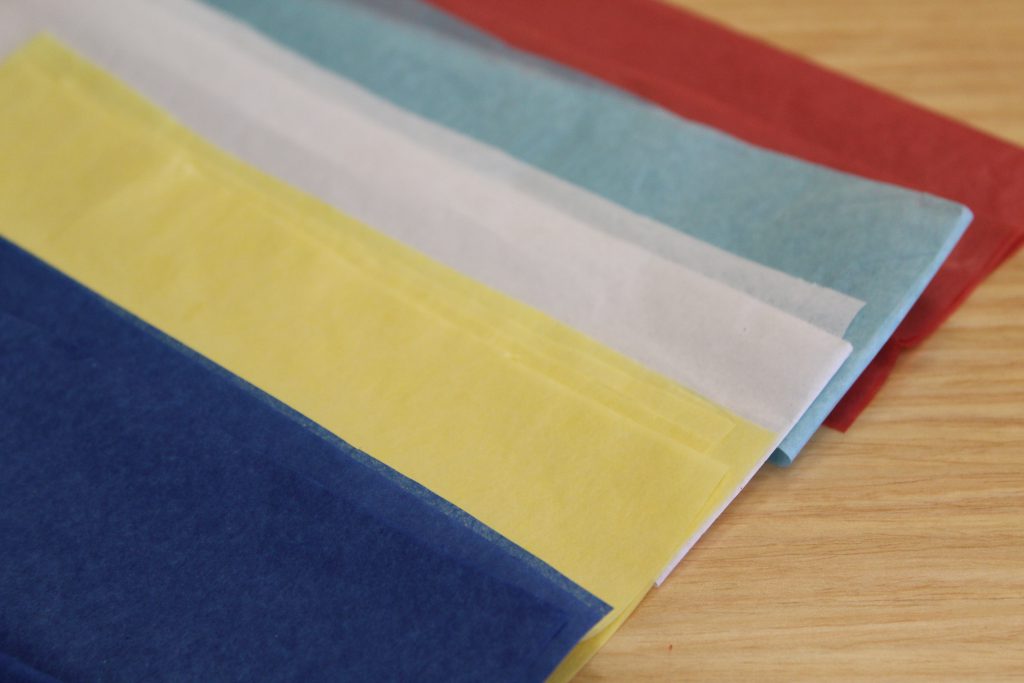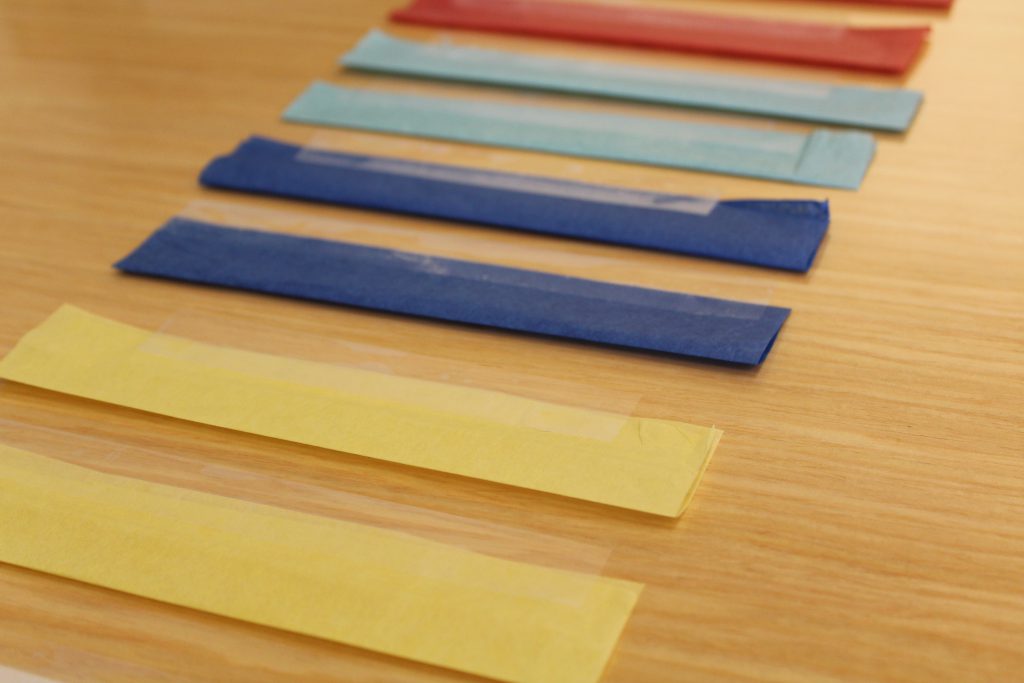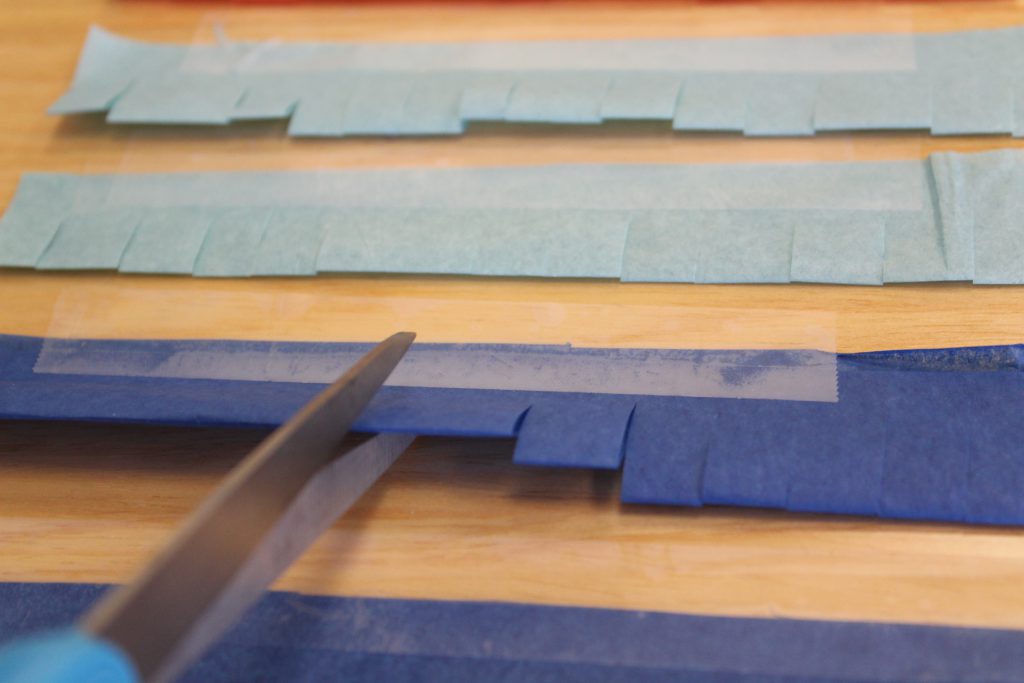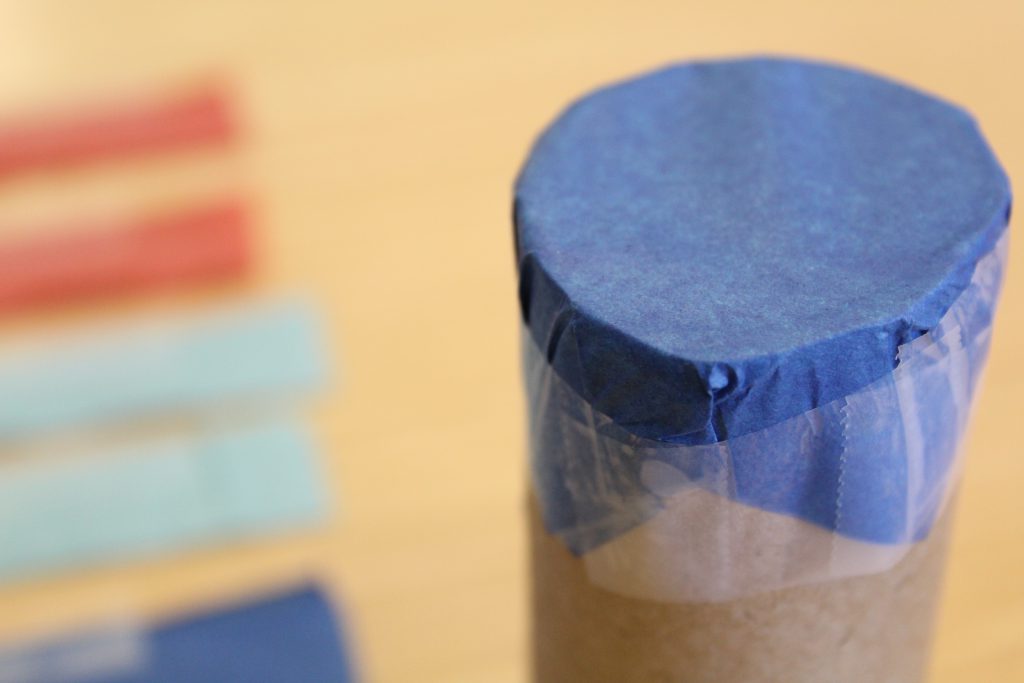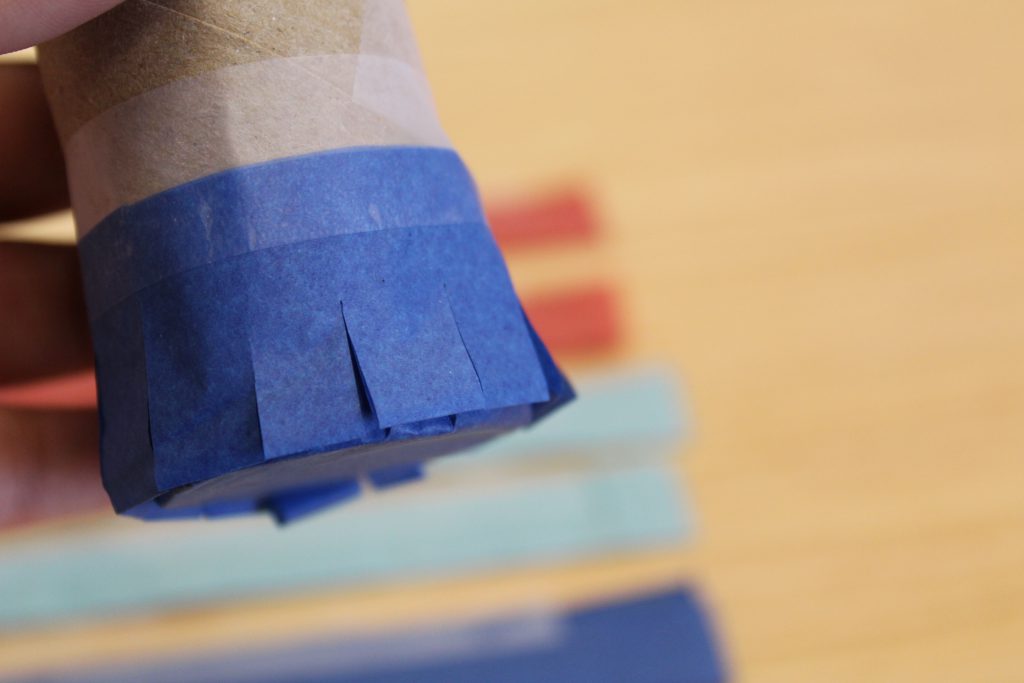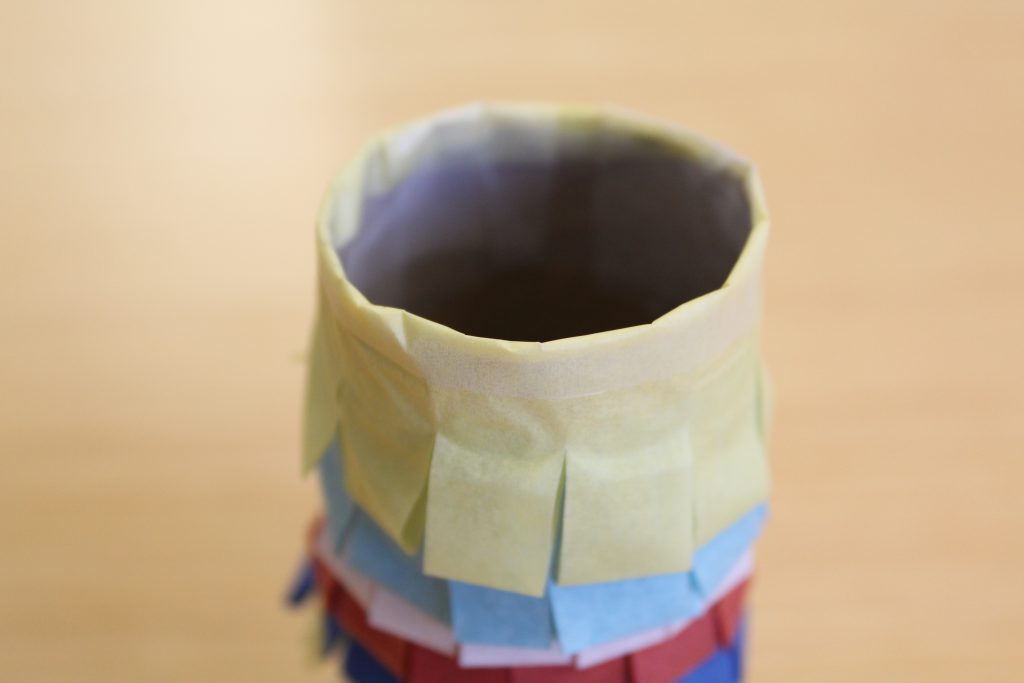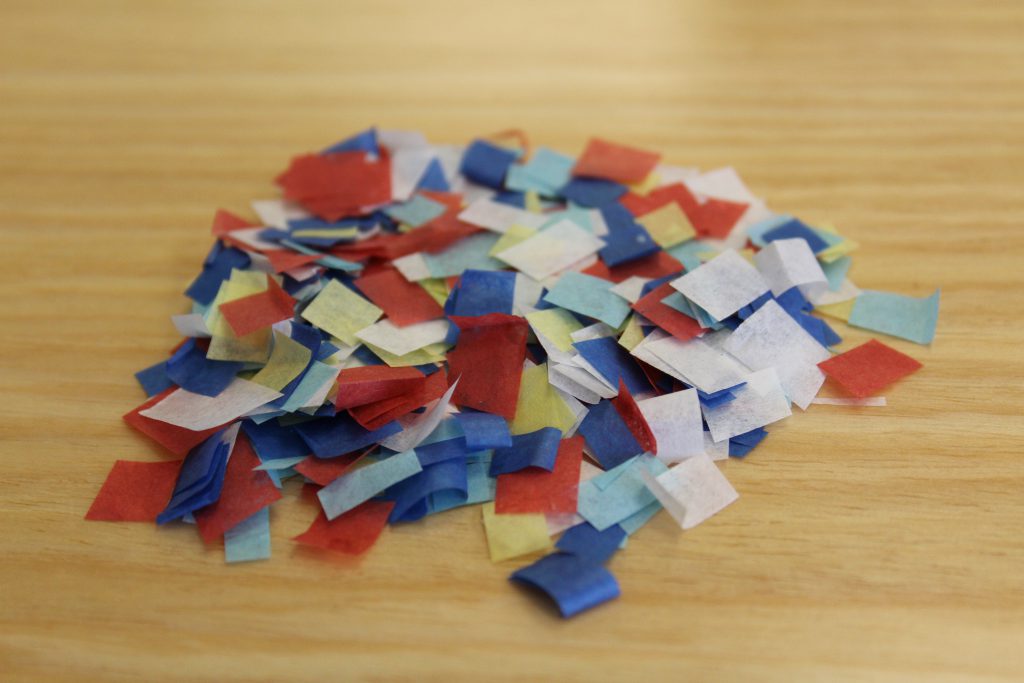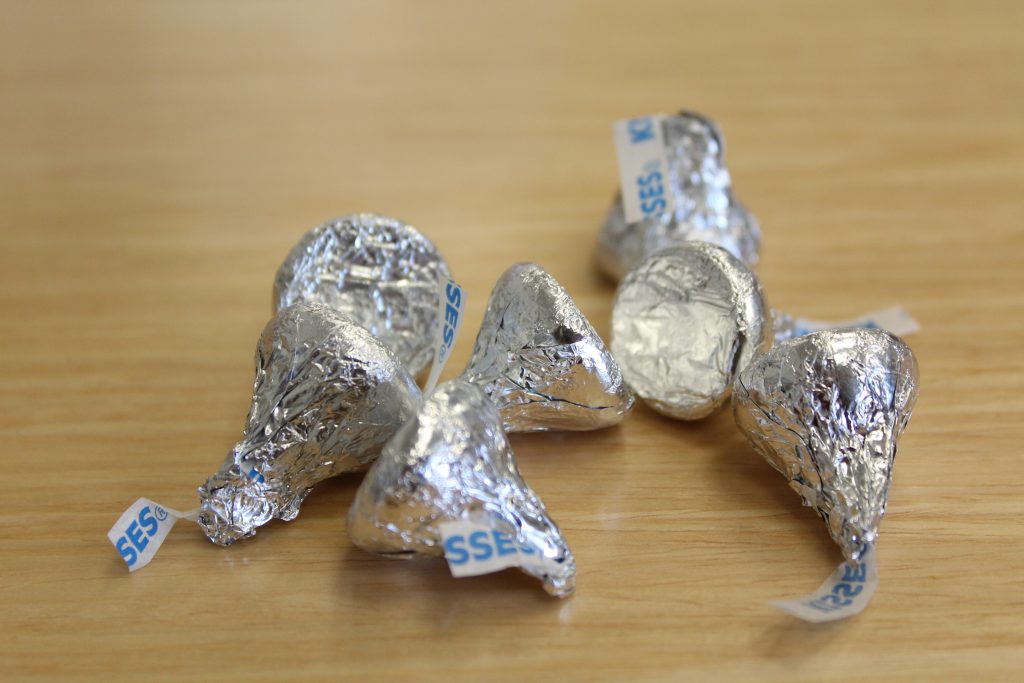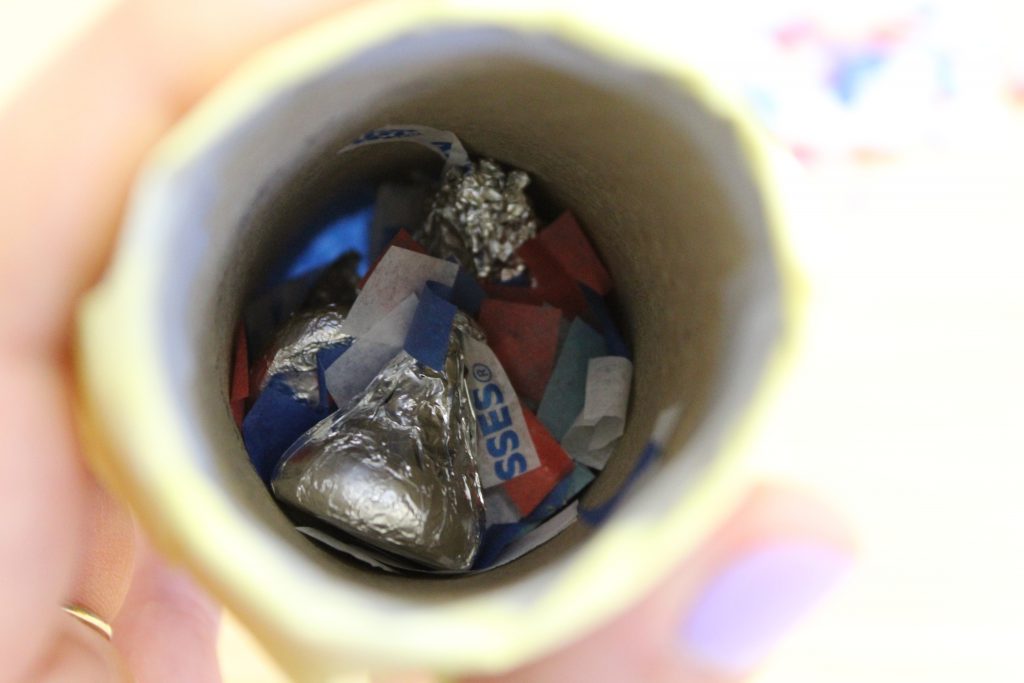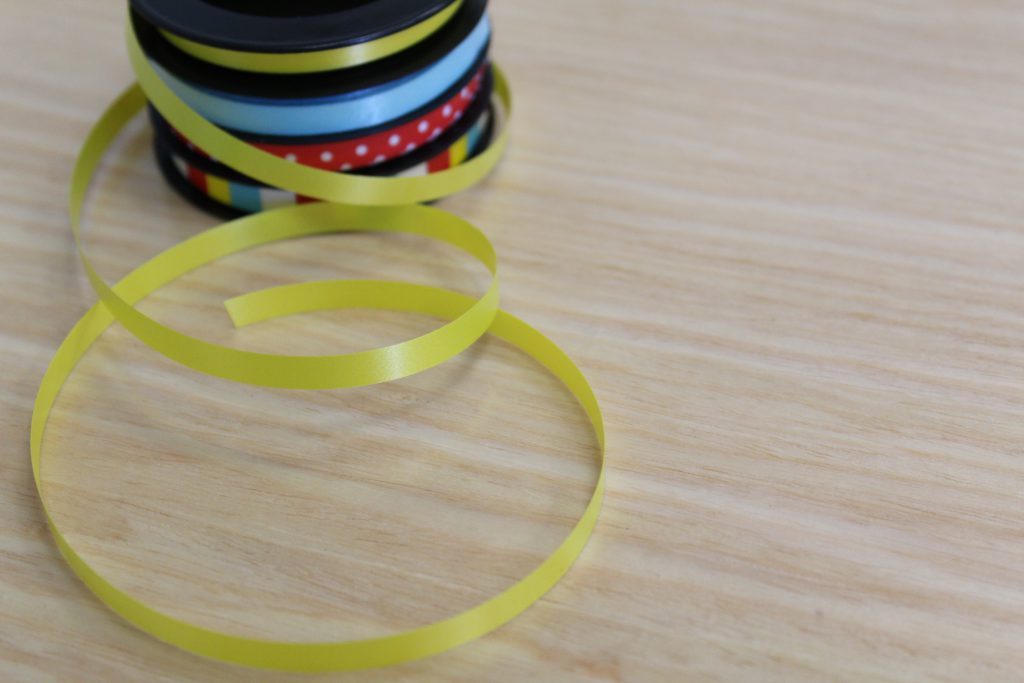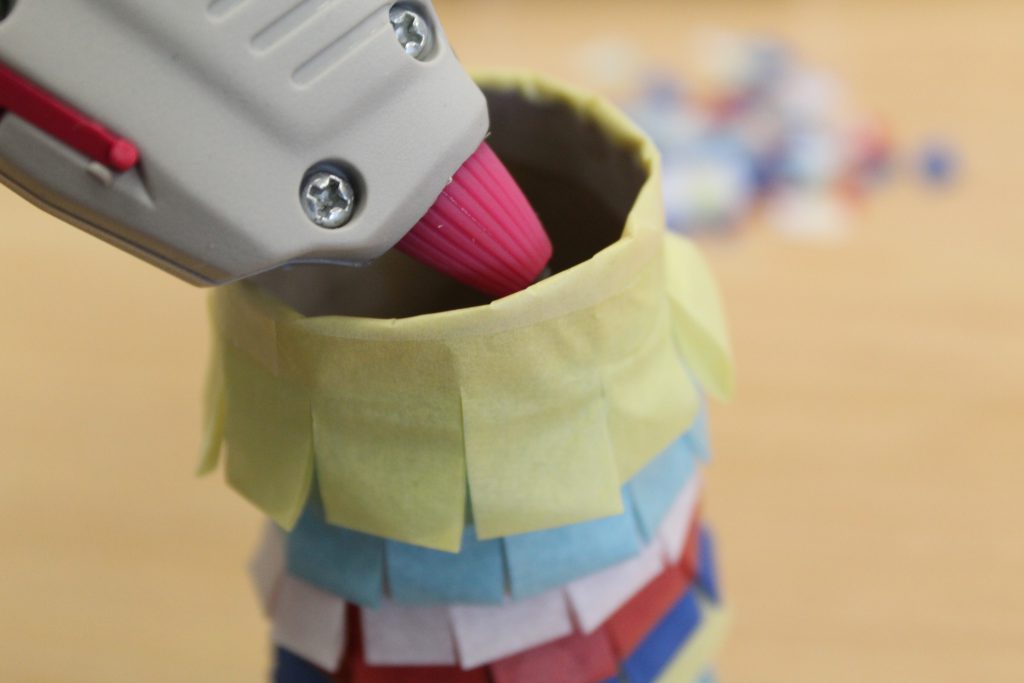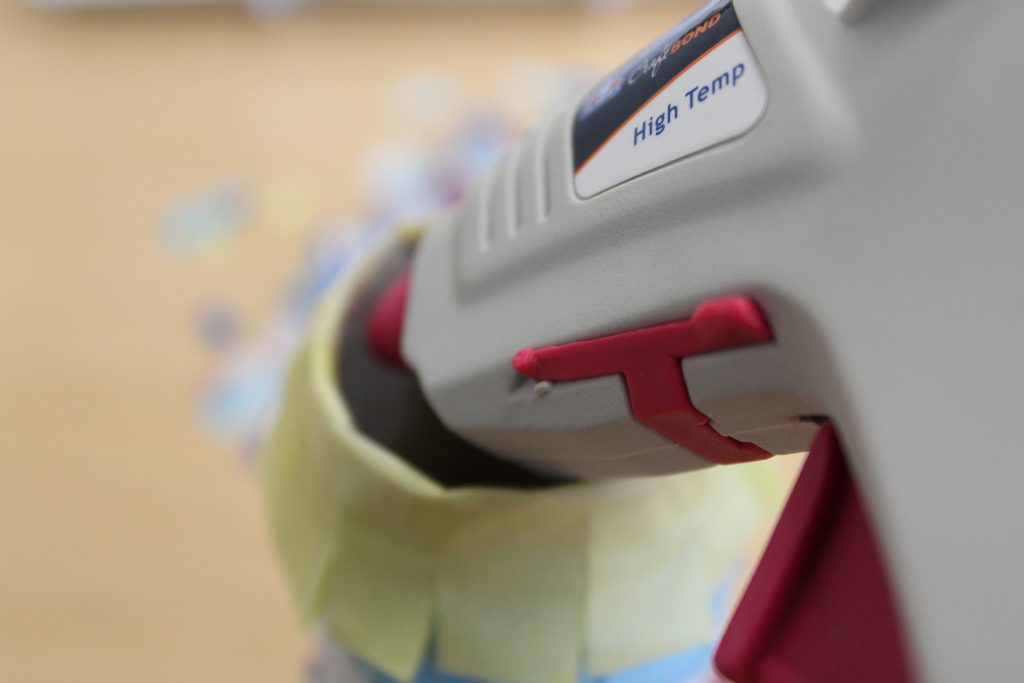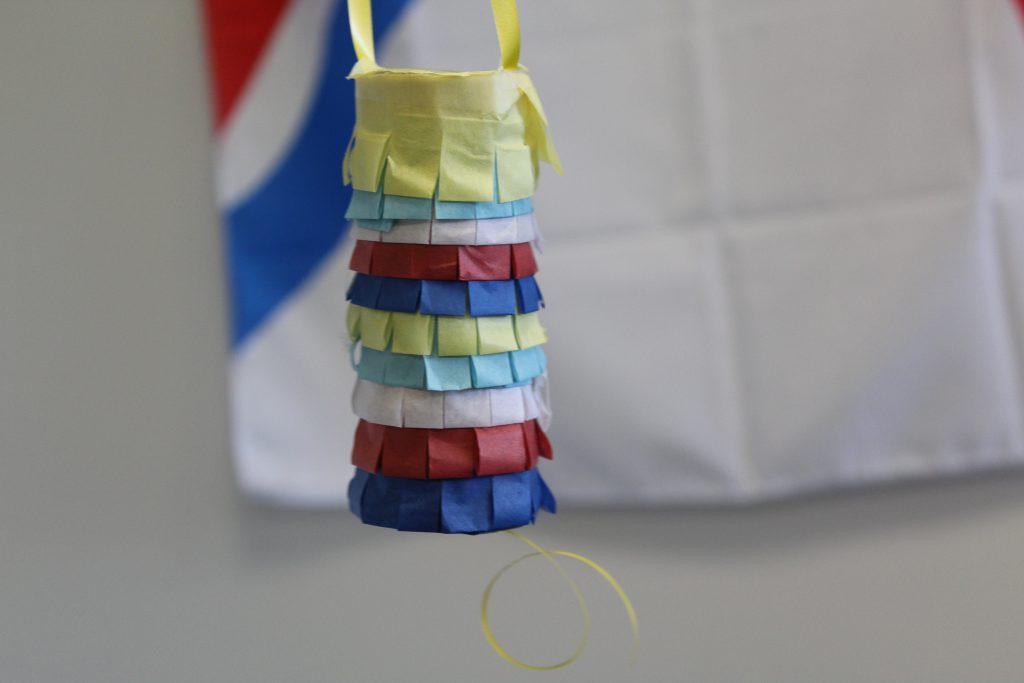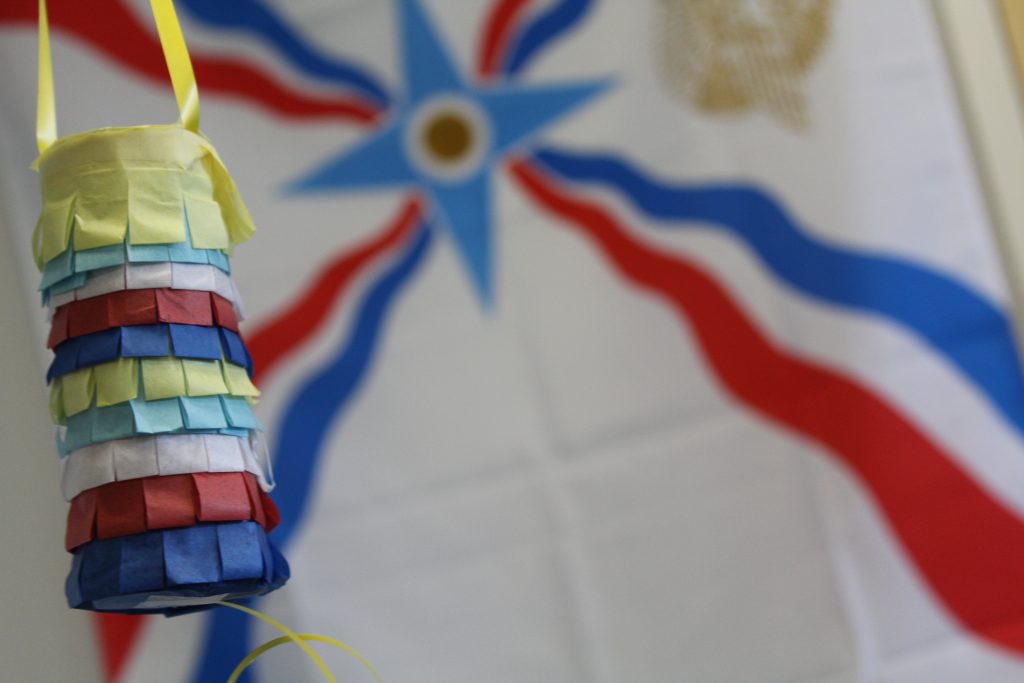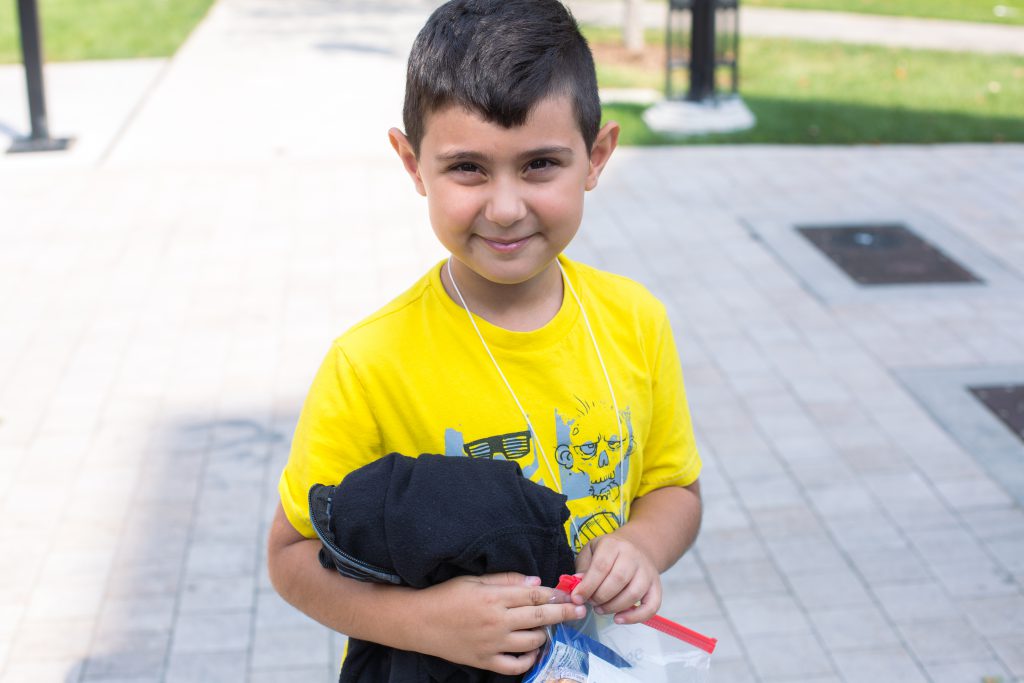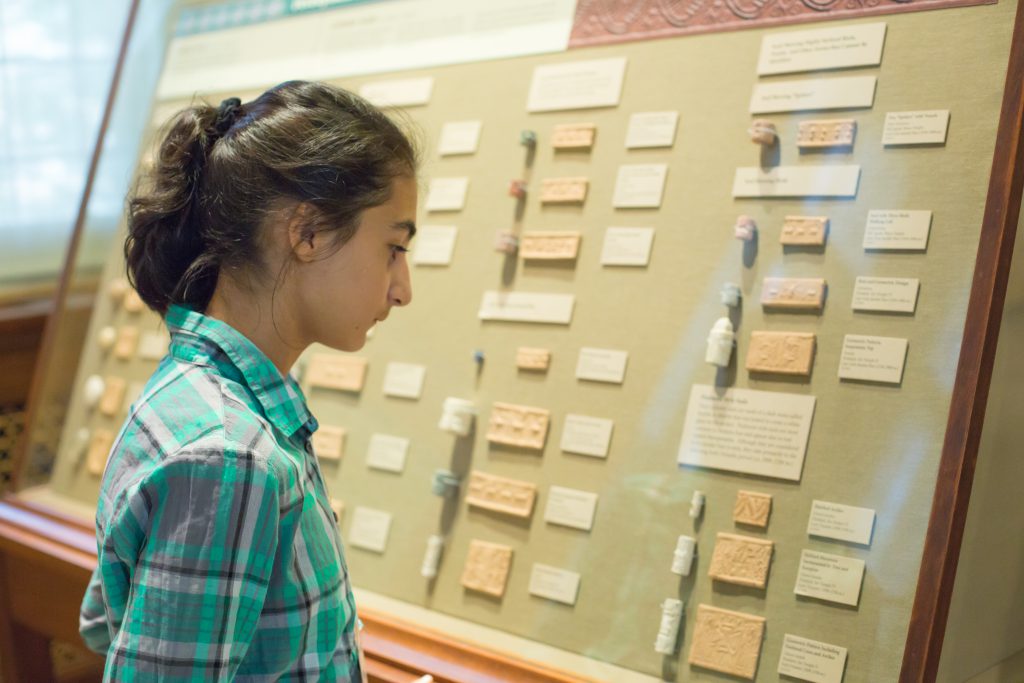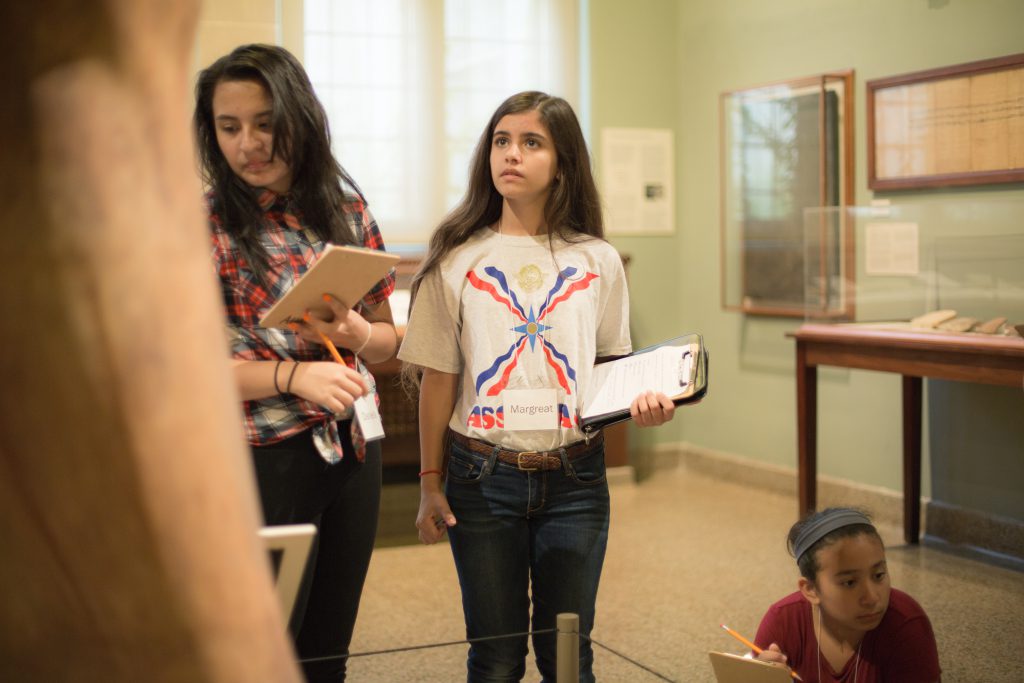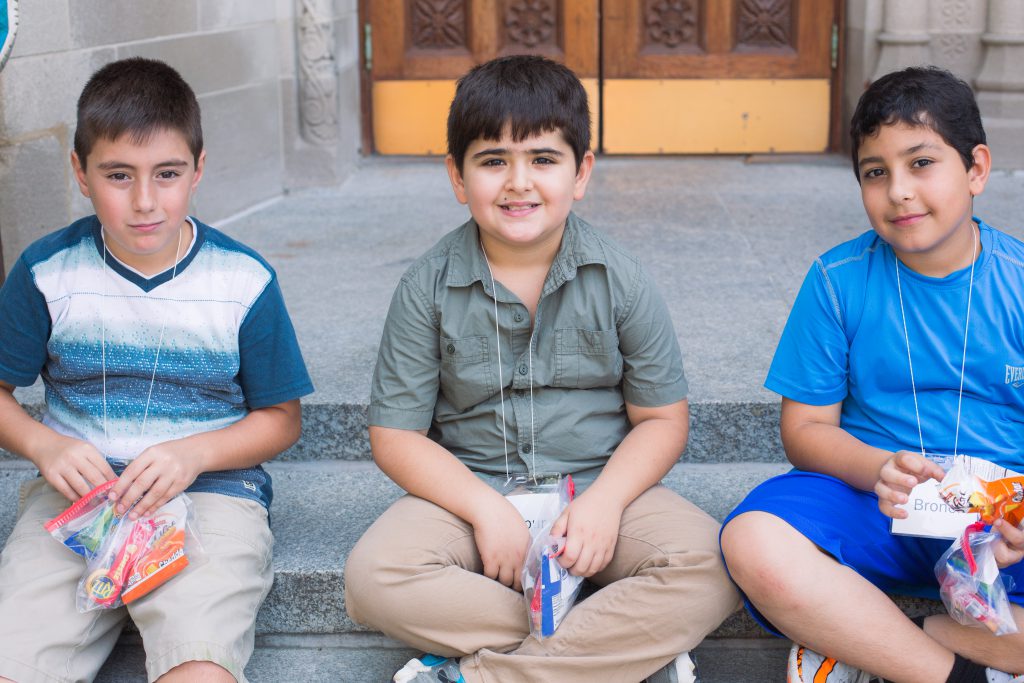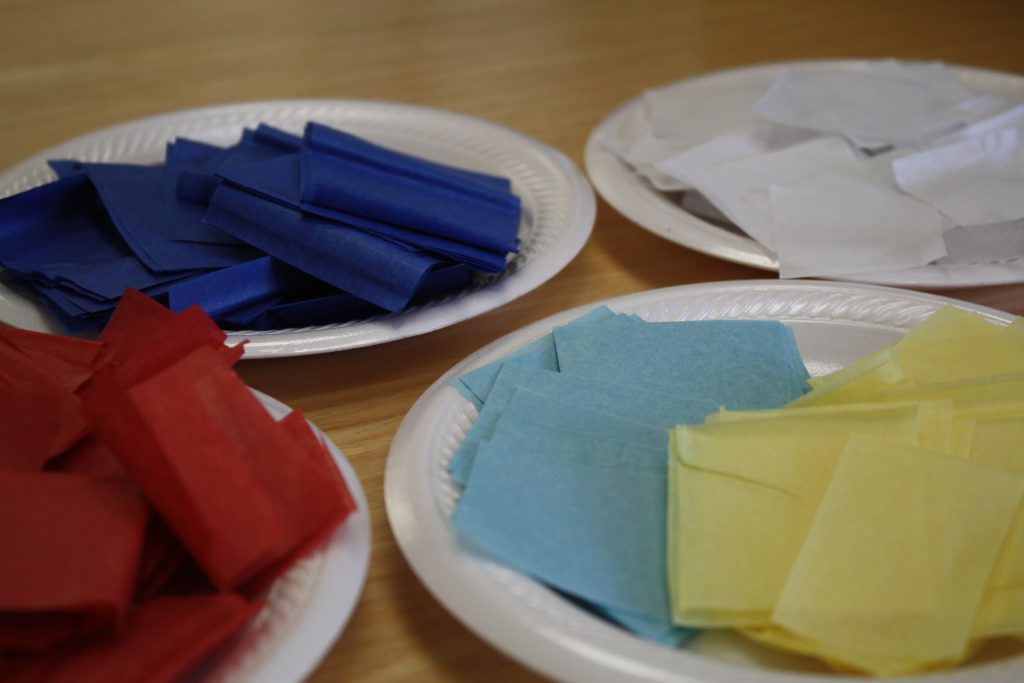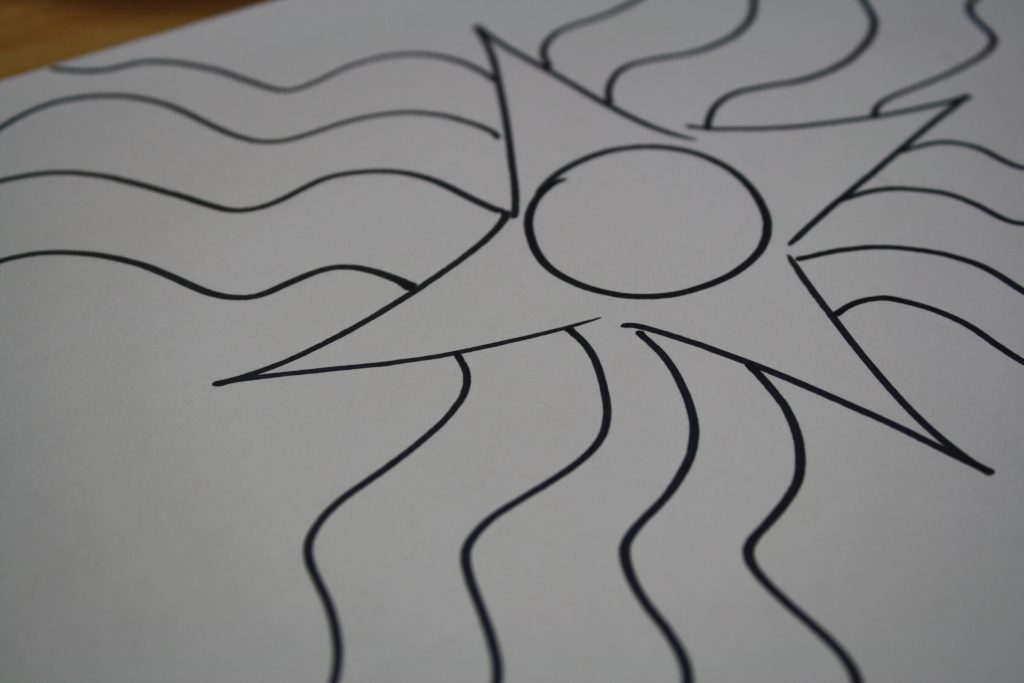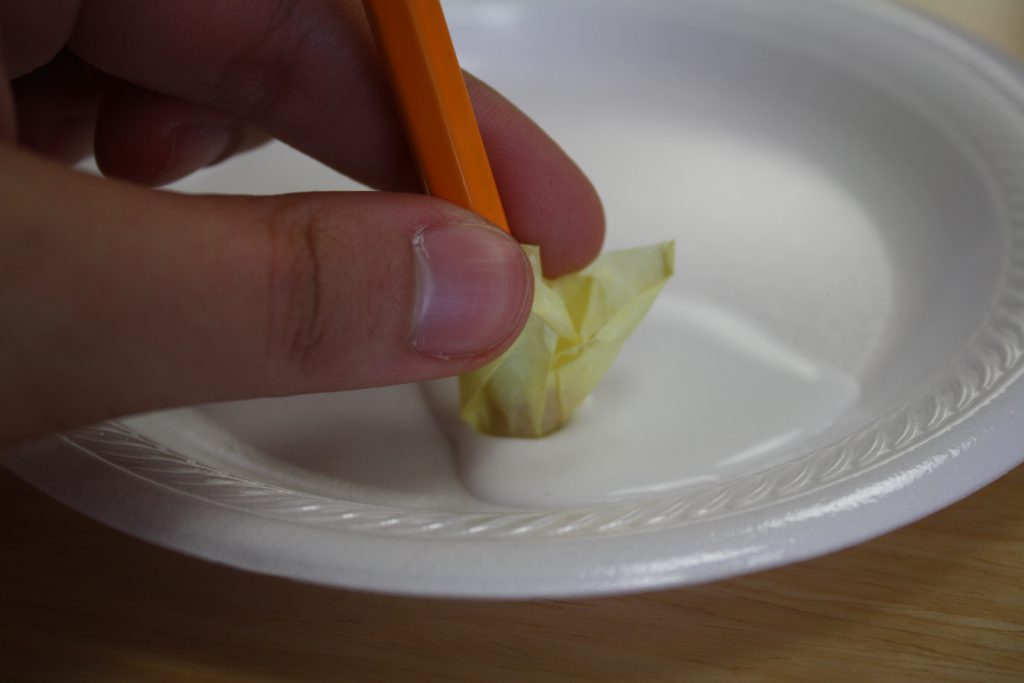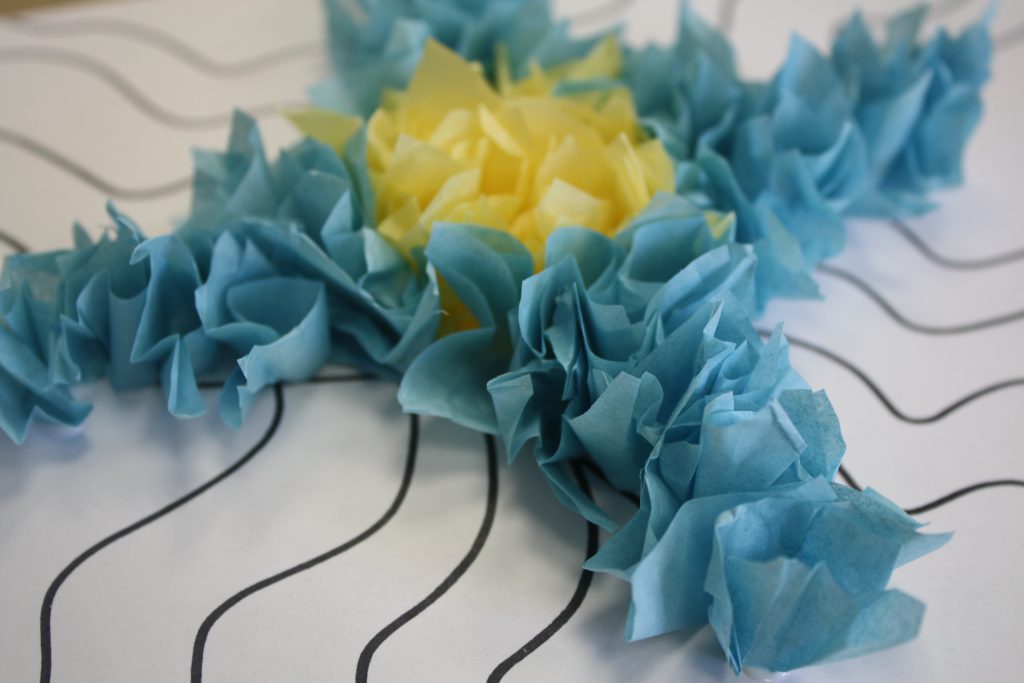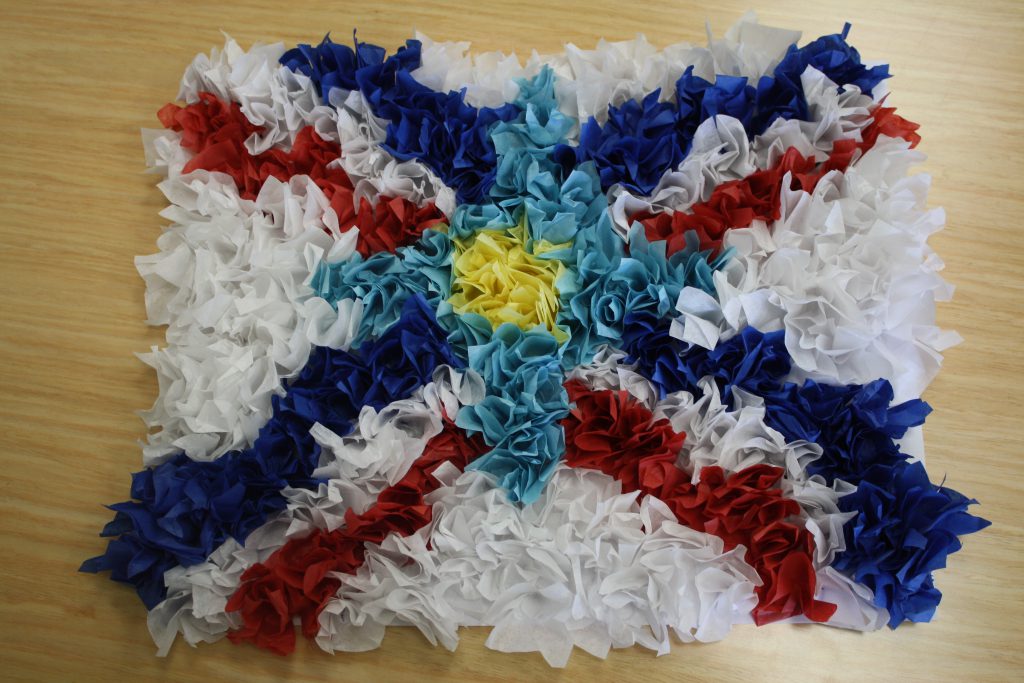Q&A with Children’s Books Author Julia Sorisho Rodgers
Date: August 15, 2016
Q: When did you know you wanted to write?
A few years ago, I took my children to our local library in the Washington, D.C. area, and came across an international books section for young children. I flipped through bilingual books written in Korean, Vietnamese, Spanish, Arabic, and Hebrew. I was inspired by the collection and thought, “Wouldn’t it be great to publish a bilingual Assyrian and English board book?” I especially wanted to publish board books because my three children used to chew or rip every paperback book we owned.
Q: What attracted you to children’s books?
I became a mom in 2010, and since then I’ve read hundreds and hundreds of children’s books with my little ones. Like many other parents, I believe that reading to young children can instill a lifelong love for reading and curiosity. I was inspired by great writers and illustrators who seamlessly blend whimsy with beautiful art, particularly Eric Carle. He’s my favorite children’s writer and illustrator.

“My Assyrian Language Alphabet” by Julia Sorisho Rodgers
Q: Do you have a favorite among your own books? If so, which one and why?
I really prefer my second book, Atwateh d-Lishani Atoraya. I worked harder at the illustrations. It’s bigger than the first book, and has over 20 illustrations. I wanted to present the Assyrian Alphabet and corresponding words with images that children can relate to. For example, instead of painting a cross for the word “sleewa,” I painted an image of an Assyrian girl holding a Palm Sunday cross. I imagined that some parents would use the image as an opportunity to talk about Assyrian Christian traditions. For the word “nooneh,” I painted clown fish thinking children might relate those images to “Finding Nemo.” I also included things children do, like build sandcastles, hold a teddy bear, kick a ball, and blow out birthday candles. I also tried to make some images countable. Parents can help their kids count the geese, fish, apples, and zebras in the book and build basic math skills.
Q: When did you know you were an artist?
I illustrate my books, but I definitely do not consider myself an artist. I never obtained the training I’d need to refine my work. That is not a #humblebrag. Before I started, I did not know the difference between a filbert, a flat brush, or round brush. Often times I’d turn to YouTube and enter searches such as “how to paint skin tones” and “how to paint a beach scene.” I had to improvise and teach myself techniques late at night, after my kids went to bed.

Farm Animals by Julia Sorisho Rodgers
Q: What is the illustration process like?
For me, it’s quite challenging, especially painting people and children realistically. I did not want to be too literal with my images, but I’m not a cartoonist either. I used Google image searches and perused stock photography to find images of kids, people, and animals that I think were interesting. My pictures are often a modification those images or a composite of many images. I used acrylics, colored pencils, and markers for the illustrations, and used Adobe InDesign to design the book.
Q: What comes first? The words or the pictures?
For me, the concept comes first. I wrote Khaywate d-Khaqla (Farm Animals) because children have an inexplicable love for animals and the sounds they make. I also thought a classic alphabet book would be a great addition to an Assyrian child’s library. From there, I tried as much as possible to create a rhyme scheme in both books in order to make the books memorable and rhythmic. I tried as much as possible to not torture our beautiful language. I enlisted the help of many linguists and experts (including Malpana Michael Younan of San Jose, California, and Dr. Alda Benjamen of Washington, D.C.) to fix practically every aspect of my writing – word choice, grammar, syntax, and usage.
Q: What part is more satisfying to you—writing or drawing?
Definitely drawing. I wish I was a better Assyrian writer, but I definitely do not have the gift or ability to write the way I’d like to write in Assyrian: with whimsy and playfulness like authors such as Sandra Boynton or Dr. Seuss.
Q: What are you working on next?
I am not sure yet. My relative encouraged me to write an Ancient Assyrian history book for children. I think there’s a lot of potential in that idea.

Assyrian Alphabet puzzle available for purchase at the Ashurbanipal Library.
Q: What inspires you?
There is a movement to create new and exciting products for the Assyrian children in diaspora, and I’m inspired by the creativity emerging from that movement. Elaine Alkhas created a wonderful Assyrian Alphabet puzzle perfect for toddlers. It’s perfect for teaching fine motor skills. Robert Oshana created an Assyrian Alphabet blocks set that can be used to teach both letters and vocabulary. My kids had a lot of fun playing with those blocks. Shameran Hanna published A Sailor Went to Sea, which is particularly great because proceeds support Christian genocide relief efforts in Iraq and Syria. Then you have an incredible array of apps and videos created by Rinyo, Base2Apps, and Ninos Warda. I am particularly fond of those products because they are fun, creative, and engaging. In addition to publishing Moon—Sahra, Romil Benyamino just published Benjamin and the Miniature Man. I’m looking forward to adding that book to our library!
Q: What impact do you hope your work will have?
I hope more people join this movement to create new products for our children. We already spend a small fortune on Legos, Thomas the Train, American Girl dolls, and the like. We need Assyrian-themed toys like superheroes, princesses, and ninjas. We need an Assyrian “Bob the Builder.”
Q: Why do you feel it’s important for Assyrian children to learn their native language?
It’s tough to maintain bilingualism. It is very hard for me to speak Assyrian without making embarrassing mistakes. However, in publishing my books, I’ve discovered that I’m not alone. Certainly, many “second gen” Assyrians are excellent in their reading and writing abilities, but many also share my struggles. Even though it can be hard to speak Assyrian regularly, I pray that we don’t give up. Our language is precious and beautiful. We have to dedicate the time to appreciate it and learn it so that it doesn’t become extinct.
Q: What does a typical day look like for you?
I am a part-time consultant for a federal government agency (the U.S. Department of Housing and Urban Development). When I’m not working, I enjoy the fun aspects of motherhood (i.e. building Hot Wheels tracks and ninja-fighting with my kids). I also reluctantly tackle endless laundry and cooking and cleaning.

Julia’s boys.
Q: Do you read often? What is your all-time favorite book?
Unfortunately, I do not read as much as I’d like to. The book I’m currently reading is by Dr. Sargon Donabed titled, Reforging a Forgotten History: Iraq and the Assyrians in the Twentieth Century. My favorite book is Jane Eyre by Charlotte Bronte.
Q: What’s your favorite quote?
It’s one of my favorite Bible passages: “But when the kindness and love of God our Savior appeared, he saved us, not because of righteous things we had done, but because of his mercy. He saved us through the washing of rebirth and renewal by the Holy Spirit, whom he poured out on us generously through Jesus Christ our Savior.” Titus 3:4-6
Q: How do you balance your identity as an Assyrian and an American?
I think I balance my dual identity in a myriad of small ways. I try to cook Assyrian food so that my children are familiar with dishes like dolma and kubbeh. Two of my children have Assyrian first names. I published the bilingual Assyrian/English books to help young families teach their children Assyrian. I also hope that non-Assyrians use the book to learn our language. I try to support Assyrian political activism in Washington whenever possible.
Q: Three words that come to mind when you hear Assyria:
“Strong” because of our endurance through almost every horrific tragedy. “Fragile” due to our current persecution, out-migration from our homeland, and destruction of precious historic and cultural sites. “Eternal” because I believe God has a divine plan for our people and will not abandon us.

Farm Animals by Julia Sorisho Rodgers
Q: What are you most proud of about your work?
A few years ago, the Skokie Public Library purchased a few copies of Khaywate d-Khaqla as part of an early childhood literacy partnership with area preschools. I was thrilled to know that SPL was that committed to serving the Assyrian-American population in this way. Also, I was happy to receive grant support for both books from the Naby-Frye Assyrian Fund For Culture (NFAFC). The fund helped defray printing and shipping costs, which tend to be relatively high for board book printing. Finally, I’m most thrilled when I get emails from parents who tell me their children like reading my book with their grandparents — those are wonderful memories to make.
Q: Where can people purchase your books?
Both of my books are available on Amazon: Atwateh d-Lishani Atouraya and Khaywate d-Khaqla. For bulk orders, email me at assyrianbooks@gmail.com.
 Follow Julia on Twitter.
Follow Julia on Twitter.
